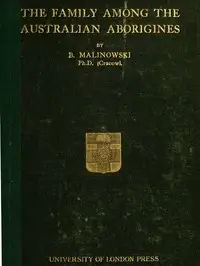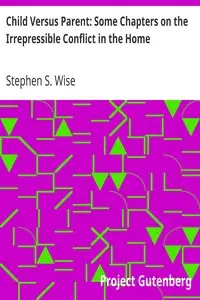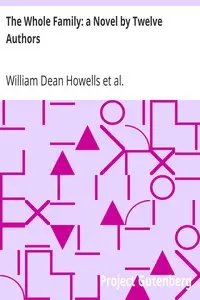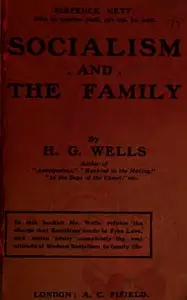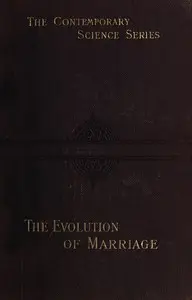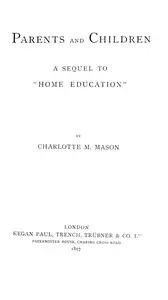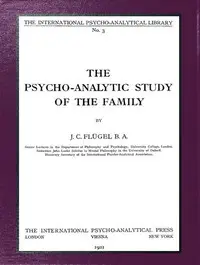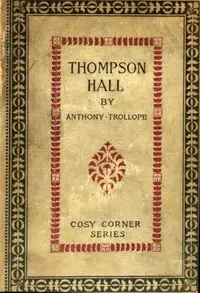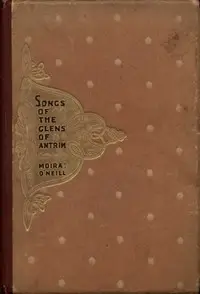"The Family and Its Members" by Anna Garlin Spencer analyzes the family as a fundamental part of society and how it's changing in current times. Spencer looks at the roles within a family and the importance of keeping it strong while also recognizing new ideas about equal rights for everyone. She starts by explaining that the family is the base unit of society, traditionally with one man and one women, focused on raising children. The book discusses how the family has changed over time, the idea of men and women being equal, and how parents should bring up their kids. Spencer suggests balancing personal goals with a solid family life, acknowledging the difficulties families face in today's world.

The family and its members
By Anna Garlin Spencer
A look into how the traditional family is morphing to adapt into modern times, with a focus on equality and the challenges of raising future generations.
Summary
About the AuthorAnna Garlin Spencer was an American educator, feminist, and Unitarian minister. Born in Attleboro, MA, she married the Rev. William H. Spencer in 1878. She was a leader in the women's suffrage and peace movements. In 1891 she became the first woman ordained as a minister in the state of Rhode Island. In Providence she was commissioned to develop the Religious Society of Bell Street Chapel which was to be devoted to the religious outlook of James Eddy. She compiled Eddy's views into a Bond of Union to which members of the new society would subscribe. She was later associated with the New York Society for Ethical Culture (1903–1909) and the New York School of Philanthropy (1903–1913).In 1909, she signed on to the call to found the National Association for the Advancement of Colored People. Over a long period she was a popular lecturer and wrote on social problems, especially concerning women and family relations. Her writings include Woman's Share in Social Culture (1913) and The Family and Its Members (1922).
Anna Garlin Spencer was an American educator, feminist, and Unitarian minister. Born in Attleboro, MA, she married the Rev. William H. Spencer in 1878. She was a leader in the women's suffrage and peace movements. In 1891 she became the first woman ordained as a minister in the state of Rhode Island. In Providence she was commissioned to develop the Religious Society of Bell Street Chapel which was to be devoted to the religious outlook of James Eddy. She compiled Eddy's views into a Bond of Union to which members of the new society would subscribe. She was later associated with the New York Society for Ethical Culture (1903–1909) and the New York School of Philanthropy (1903–1913).In 1909, she signed on to the call to found the National Association for the Advancement of Colored People. Over a long period she was a popular lecturer and wrote on social problems, especially concerning women and family relations. Her writings include Woman's Share in Social Culture (1913) and The Family and Its Members (1922).

